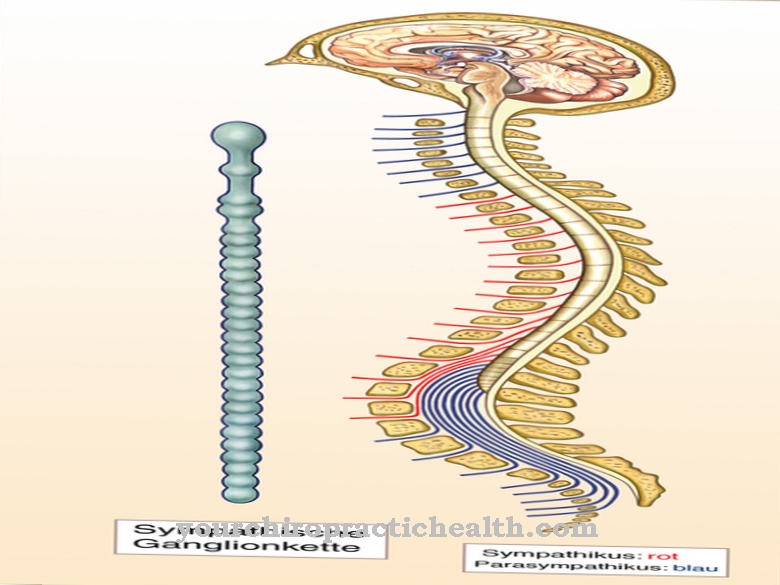A Mammography is a radiological examination, especially of the female breast, which is used for early cancer detection. The procedure has been known since 1927. For women from the age of 50, a mammography is recommended every two years as part of cancer screening.
What is a mammogram?

At a Mammography the human breast is examined radiologically. In most cases this is the female breast, but the male breast can also be examined using a mammography.
The procedure is carried out with the help of special X-ray machines and is primarily used for early cancer detection or when cancer is suspected. In the latter case, the examination is usually preceded by palpation of a change, for example a lump or some other hardening in the breast tissue.
Due to the high density of tissue in the breast at a young age, mammography is rarely performed in women under 50. From the age of 50, however, it is recommended to have a mammogram made every two years in order to avoid possible breast cancer.
Function, effect & goals
A Mammography is carried out in specially equipped medical practices or clinics. Since this is a radiological examination, this procedure uses radiation, similar to conventional X-rays, to obtain an image of the inside of the chest.
So-called soft radiation is used in mammography, which enables the radiologist to take more precise images of the tissue. In this way, changes can often be recognized that are not yet palpable - especially with breast cancer, the patient gains valuable time that can be used for successful therapy. In order to obtain such detailed and meaningful images of the tissue, the breast is recorded from several directions. To do this, the affected breast is fixed between the X-ray table and a glass plate.
Many patients find this fact unpleasant; however, it is necessary to obtain an optimal examination result with the lowest possible radiation dose. In this way, it is either possible to image the entire breast or just a specific part. The latter is particularly useful if a change has already been felt, as this allows the affected area to be examined in a targeted manner.
As already mentioned, mammography is used either when cancer is suspected or as part of early cancer detection. According to statistics, the latter could reduce breast cancer mortality by up to 30%. For this reason, women over 50 are regularly invited to have a mammogram.
The aim of this program is to significantly extend the life expectancy of breast cancer patients and to identify and combat cancer at an early stage. Only specially trained radiologists are entrusted with performing and evaluating mammograms in order to avoid misinterpretations and the resulting incorrect diagnoses.
Risks & dangers
A Mammography cannot prevent cancer from developing and only recognizes it in the tumor-forming stage. It cannot be predicted whether a woman will actually benefit from the sometimes unpleasant examination, because it cannot be determined in advance to what extent she is exposed to a specific cancer risk or not.
Critics also emphasize that regular exposure to radiation through radiological examinations can, at least in theory, promote tumor growth. Younger women in particular, in whom the breast tissue is still very dense, are at risk of possible misdiagnosis if they are given a mammogram. A harmless tissue change can be mistaken for a malignant tumor - in the worst case, it is followed by an unnecessary surgical removal, which leaves permanent marks on the affected breast.
This can significantly affect the quality of life of an otherwise perfectly healthy woman.For this reason, greater importance is being attached to the fact that only very intensively trained doctors perform and evaluate mammograms. Mammography is still a controversial examination that is also associated with high costs. Proponents, however, stress that the benefits of mammography outweigh the risks and inconveniences of the procedure.

.jpg)











.jpg)

.jpg)
.jpg)











.jpg)